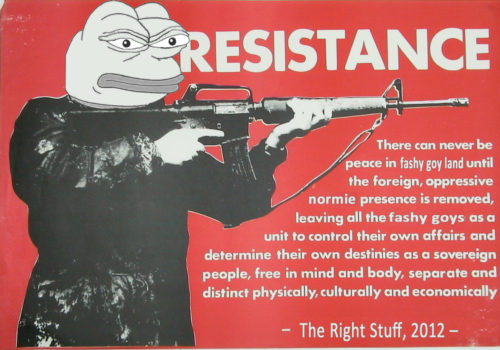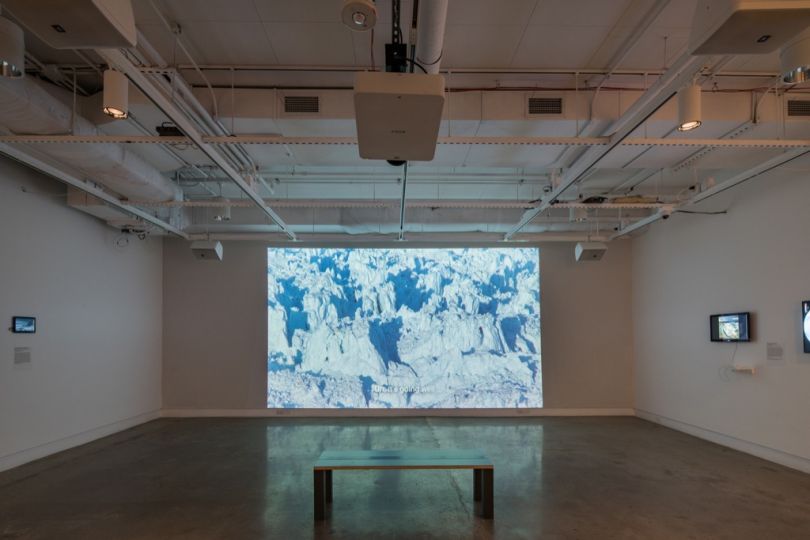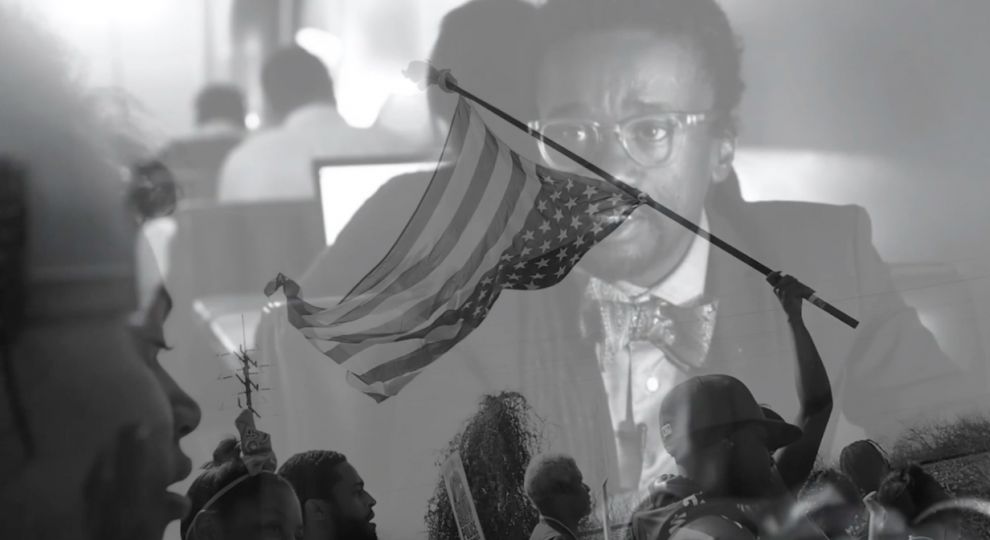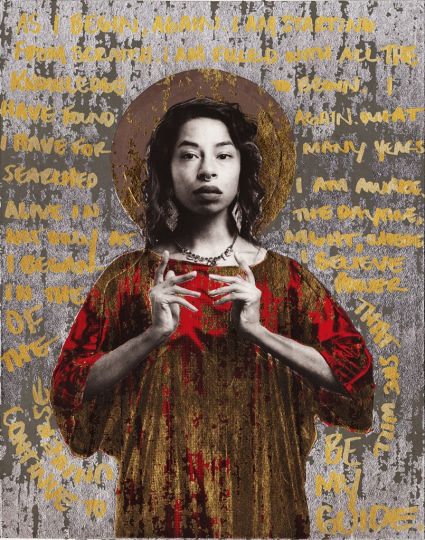In the past two years and especially in the months leading up to the 2016 presidential election, a collection of Internet writers, publishers, and personalities espousing extremist views received increasing attention from mainstream media outlets, as well as the general public. Some such figures refer to themselves as “alt-right” to suggest their break from “establishment” conservatives. This white-nationalist, right-wing fringe sees many Republicans as putting economic concerns ahead of cultural concerns.
The term alt-right, which has come to denote people and groups with a wide range of disparate beliefs, is controversial for its potential to obscure the extremist ideas held by these figures. While these newly prominent far-right figures have differing concerns and interests, there are a few key ideas that unite them. Central among these are a perceived attack on free speech by “political correctness” and the belief in a “white culture,” which they see as under siege. These beliefs are accompanied by a distrust of popular media outlets and a corresponding faith in conspiracy theories.
The acknowledgment of these groups by popular media outlets has been prompted by the far right’s support of Donald Trump, whom they see as sharing some of their core concerns. This perceived affinity was aided during the campaign by Trump’s use of imagery and rhetoric prevalent on far-right websites and social media posts in his own online communications. Fringe groups read these images through their own contexts and saw them as validating their views. For example, both Donald Trump and his son Donald Trump Jr. shared images that depict an anthropomorphized frog known as Pepe, understood by the fringe as a white-nationalist symbol.
The “alt-right” could not exist without the Internet and social-media platforms. Forums such as 4chan, 8chan, Reddit, Twitter, Facebook, and Instagram, through message boards, hashtags, and re-tweeting, help build these fringe communities and circulate the images they create. Through circulation, the images can be divorced from their larger contexts, and their messages were amplified by their repetition, including by Donald Trump and members of his team.
Organized by Susan Carlson and Claartje van Dijk
Perpetual Revolution: The Image and Social Change
January 27 to May 7, 2017
International Center of Photography
250 Bowery
New York, NY 10012
USA




















